AI Tools For Web Development In 2025
AI is reshaping how websites are built — making design, coding, and optimization faster and smarter. Here’s a look at the top tools changing web development in 2025.
October 15, 2025
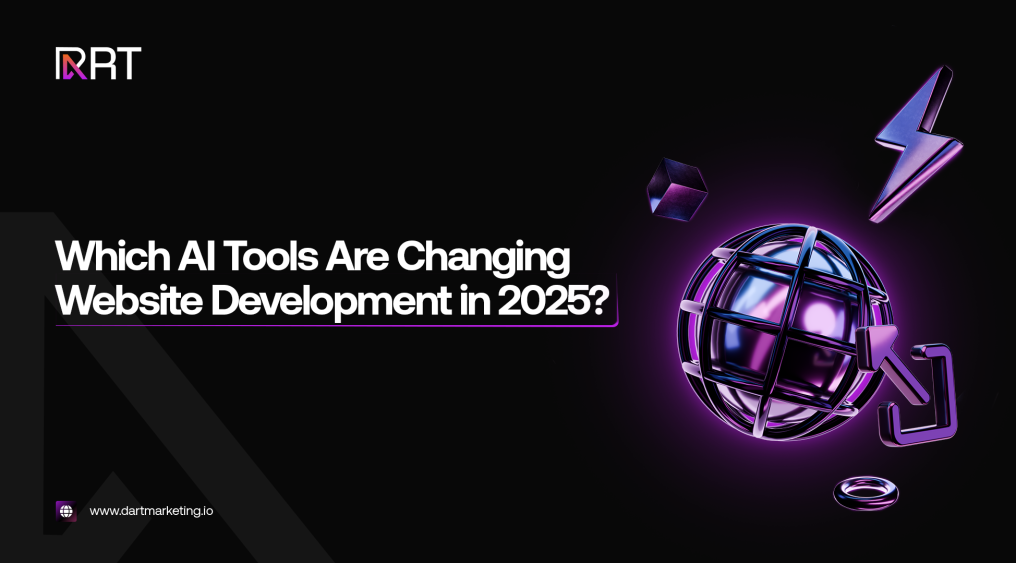
Web development in 2025 looks very different from just a couple of years ago. AI is no longer a novelty or an “add-on.” It sits at the core of how sites are planned, designed, and optimized. From code assistants that explain and refactor functions to design platforms that draft layouts from prompts, AI is taking away much of the grunt work and opening new creative possibilities.
- For developers, that means spending less time on repetitive scaffolding and more time making decisions.
- For businesses, it means websites that get to market faster, perform better, and feel more in tune with their users.
Best AI Tools for Web Development
The conversation isn’t about “AI in development” in the abstract anymore. It’s about specific platforms that have matured into part of the everyday web stack.
1. Design-to-Deploy Platforms
1. Framer + AI
Framer’s Wireframer can turn a short prompt into a responsive page skeleton with navigation and sections. Designers still need to style and refine the details, but it’s a far quicker way to move from idea to draft.
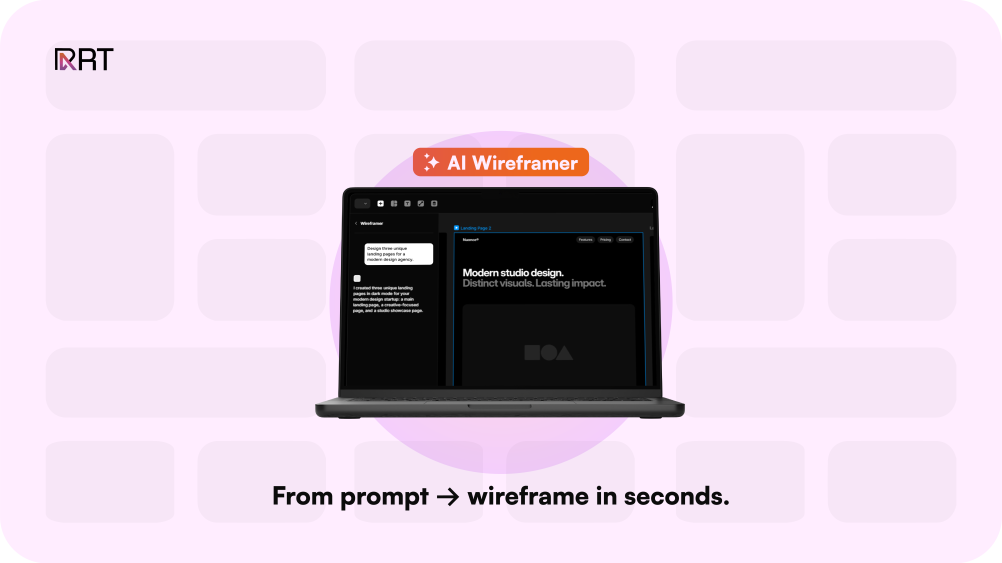
2. Webflow AI
With Webflow’s AI Assistant and Site Builder (beta), you can describe a site you need — “a minimal fintech homepage,” for example — and get a responsive layout, style guide, and starter copy to edit. It won’t design your brand for you, but it clears the blank-canvas stage.
3. Uizard
Originally built for quick prototyping, Uizard now converts hand-drawn wireframes, sketches, or screenshots into editable mockups and clickable prototypes. It’s a favorite for early-stage teams who need something testable in hours, not weeks — though polish always comes later.

2. Smarter Code Companions
1. GitHub Copilot (X roadmap)
Copilot has grown into more than autocomplete. It can explain snippets, suggest tests, and point out improvements. It isn’t flawless, but it’s edging toward a genuine coding partner that lives inside your workflow.
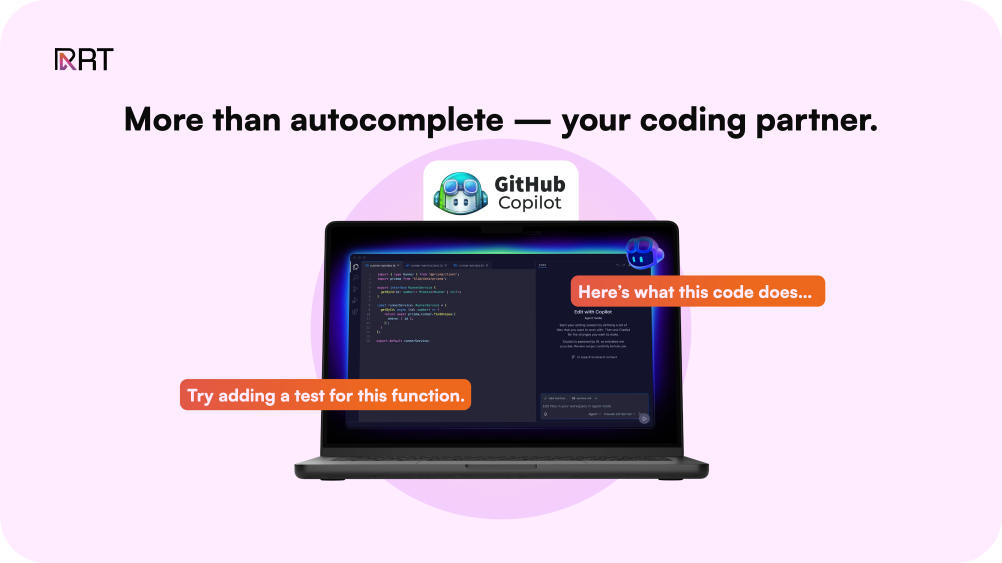
2. Tabnine
Known for privacy, Tabnine offers on-device and self-hosted AI models, making it especially useful for teams in regulated industries where code can’t leave secure servers.
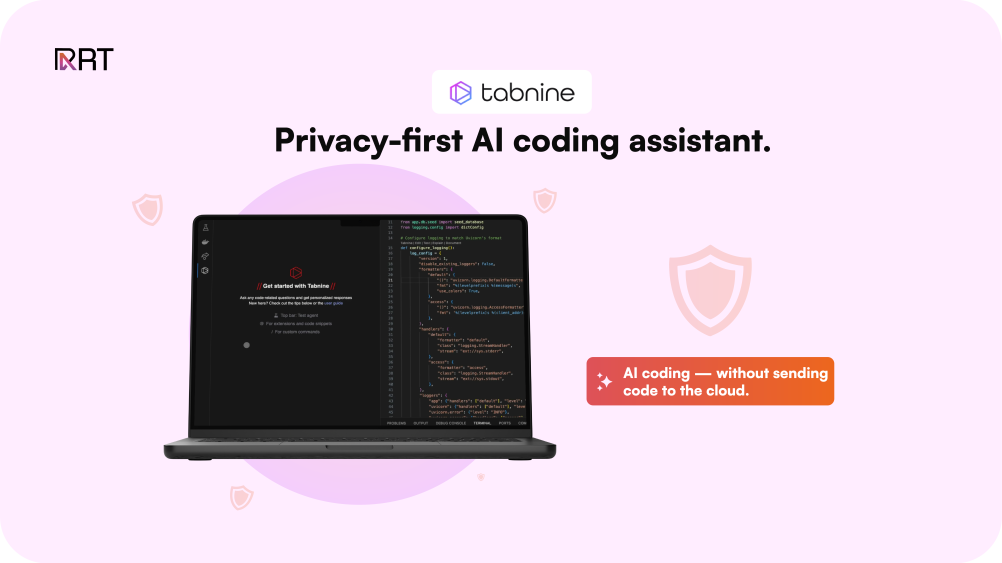
3. Replit Ghostwriter
Built with indie developers in mind, Ghostwriter helps scaffold multi-file projects and provides inline debugging tips. It speeds things up but still expects a human eye on the results.

3. Optimization & Performance Engines
1. Vercel + AI Insights
Vercel now brings AI into deployment with Speed Insights, which flags Core Web Vitals issues and suggests fixes like image optimization or lazy loading. It won’t fix everything for you, but it gives a clear path forward.
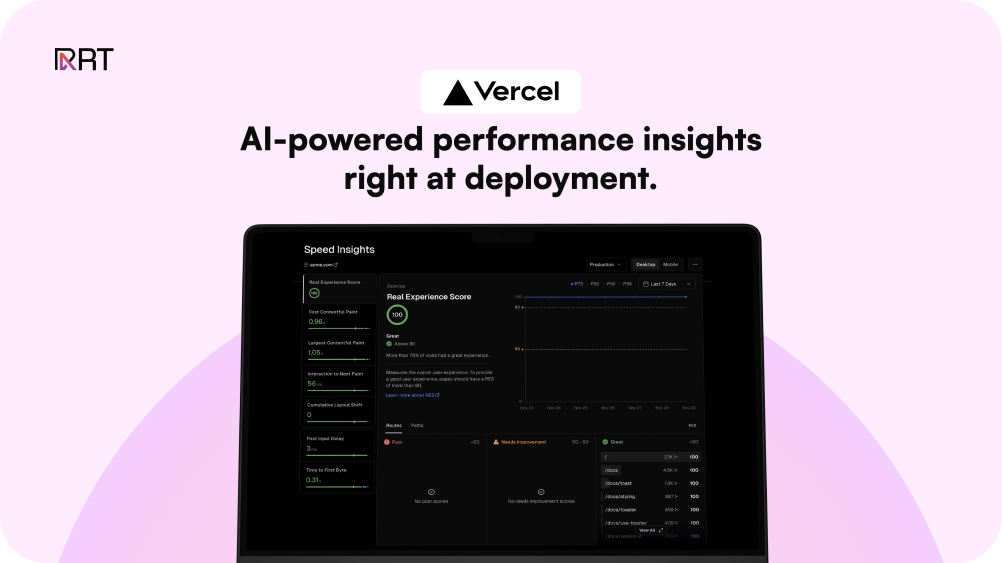
2. Cloudflare Pages + Workers
Cloudflare uses its global edge network to handle caching, security, and performance. AI is part of its traffic analysis and anomaly detection, though developers still set the rules to suit their app.
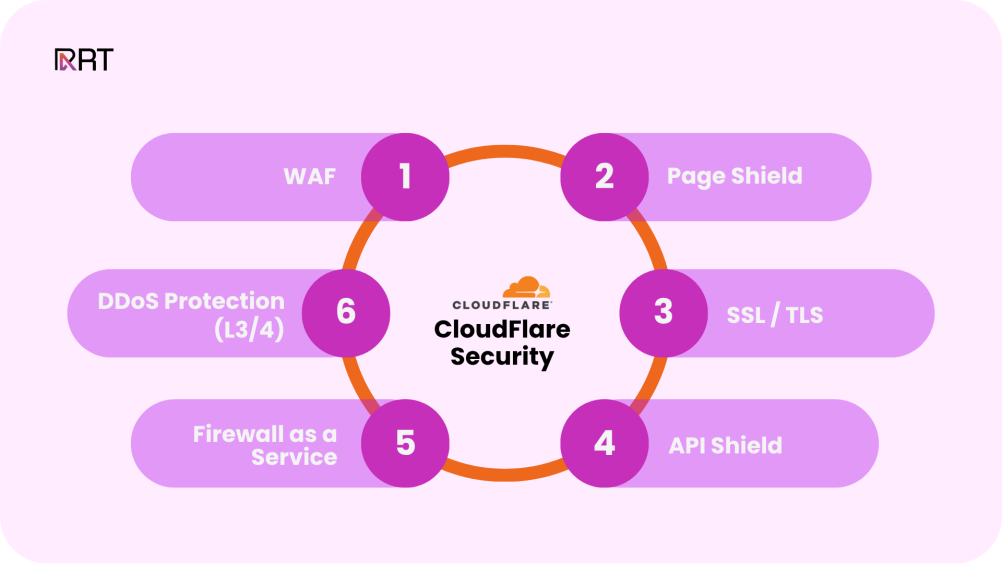
3. NitroPack
NitroPack automates caching, compression, and CDN delivery. Many websites hit high PageSpeed scores after setup, though large, script-heavy sites may still need fine-tuning.
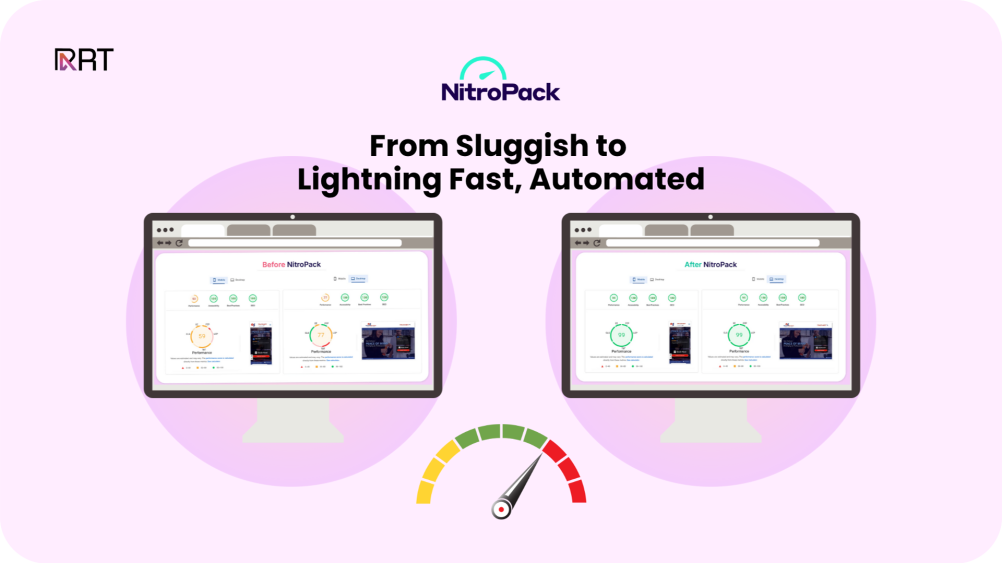
3. Personalization & Content Engines
1. Mutiny
Mutiny plugs into your CMS and CRM to deliver tailored messaging and layouts to different audiences. For a B2B team, that might mean showing a startup founder one headline and an enterprise buyer another — without touching the codebase.
2. Jasper for Web
Jasper now integrates with CMS platforms to draft SEO-optimized landing page copy. It’s a fast way to get words on the page, but final tone and accuracy still need human editing.
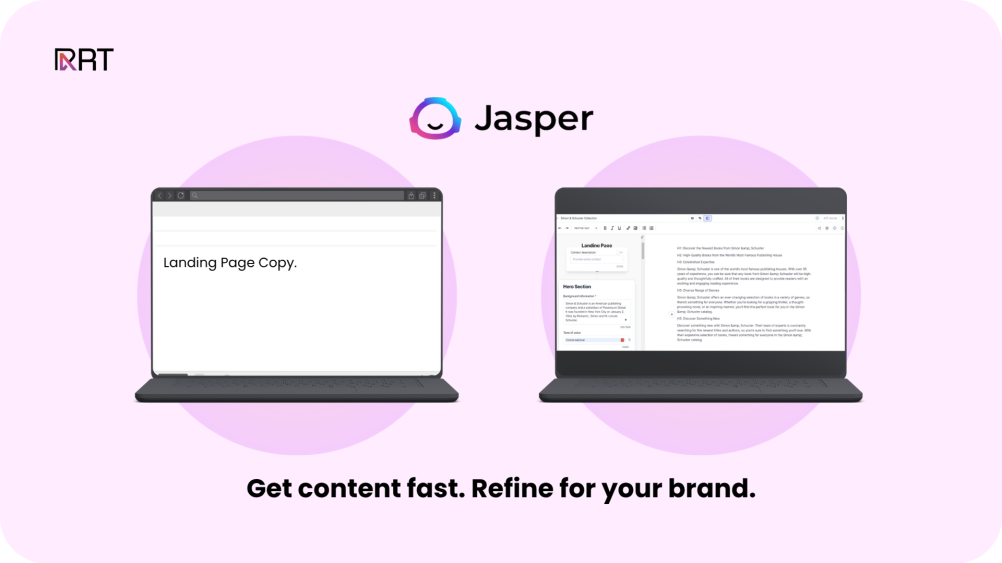
3. Optimizely AI
Building on its roots in A/B testing, Optimizely uses AI to personalize banners, CTAs, and product recommendations in real time, so no two visitors necessarily see the same site.

Why Does This Matter?
These platforms don’t just make building websites easier. They help teams launch sites that are faster, more adaptable, and ready to perform from day one. Developers save time, businesses cut costs, and the end result is a sharper experience for users.
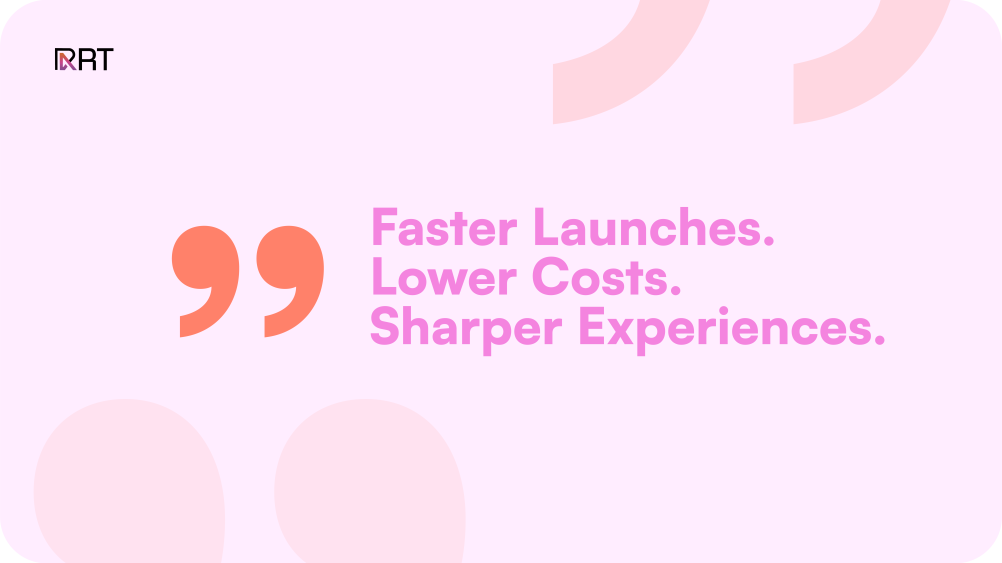
What It Means for Developers and Businesses?
For developers, much of the boilerplate is gone. Instead of cranking out lines of code, they’re acting more like architects — guiding tools, reviewing output, and focusing on strategy and design decisions.
For businesses, the website has shifted from being a static brochure to a living platform that responds to user intent. Projects that once took months can now be turned around in weeks, with higher polish and fewer compromises.
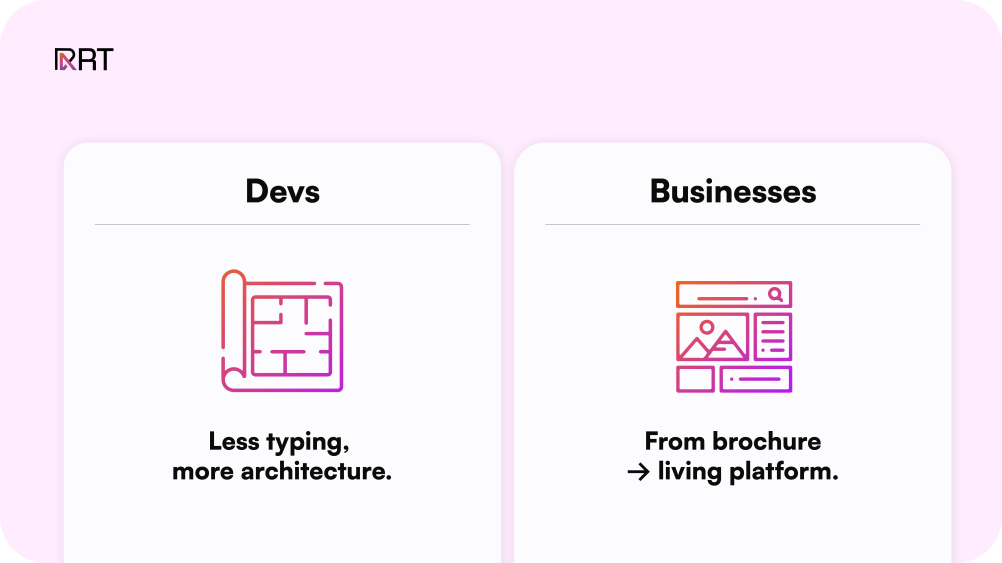
The New Skill Set for Web Teams
AI hasn’t replaced people — it’s reshaped the skill set:
- Prompting & Direction: Clear input leads to better output. Describing what you want (“a two-column blog layout with sticky nav”) is now as important as syntax.
- Integration Thinking: The advantage goes to teams who know how these AI-driven pieces (CRMs, analytics, CDNs) connect.
- Creative Oversight: Branding, storytelling, and UX judgment remain human territory. The difference between a decent AI-built site and a great one is still taste and vision.
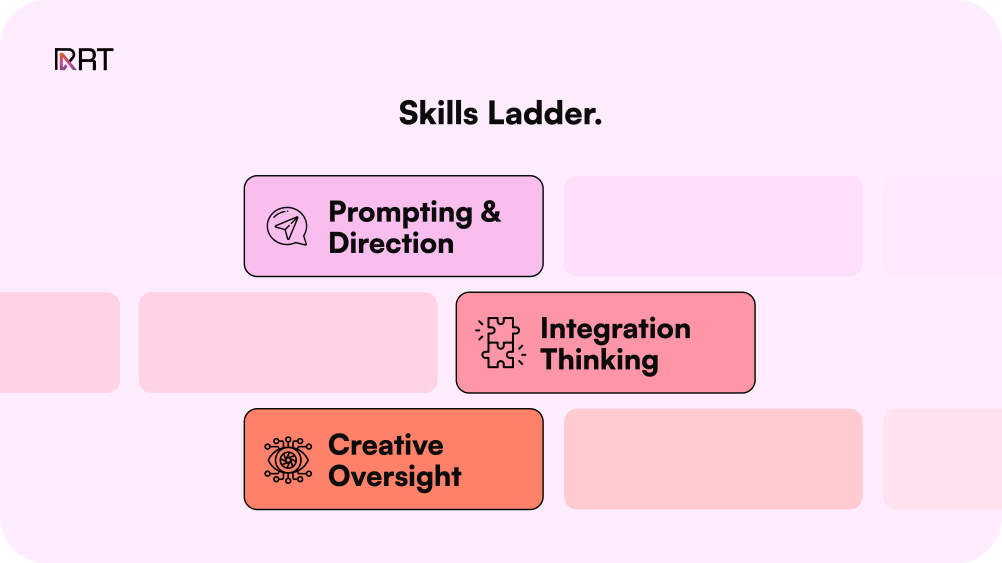
Looking Ahead
Web development in 2025 isn’t about typing code faster — it’s about guiding the right tools in the right direction.
The winning teams will be those who:
- let AI handle the repetitive work,
- keep human energy focused on creativity and strategy, and
- deliver web experiences that feel personal, seamless, and trustworthy.
What’s clear is that websites won’t go back to being static projects. They’re becoming smarter, leaner, and closer to the user than ever before.
Frequently Asked Questions
1. What are AI tools for web development?
AI tools for web development are platforms that automate or enhance the website creation process using artificial intelligence.
These tools use machine learning and natural language processing to simplify everything from writing code to generating layouts and optimising performance. In 2025, AI web development tools like Framer, Webflow AI, and GitHub Copilot can design, code, and even test websites faster than ever. They help developers focus on creativity and decision-making instead of repetitive coding tasks.
2. Are AI tools replacing web developers?
Ofcourse not, AI tools support developers rather than replace them.
AI in web development automates repetitive and technical tasks, but human creativity, strategy, and problem-solving remain essential. Developers now act more like architects — guiding AI tools, reviewing their output, and refining the user experience. The result is a faster workflow and more polished websites, not job replacement.
3. What is the best free AI tool for web development?
Tabnine and Uizard offer some of the best free options for web development in 2025.
Tabnine provides free AI-assisted code suggestions, while Uizard lets users prototype websites visually without coding. Both have premium plans, but their free tiers are powerful enough for beginners or small projects. These tools reduce barriers to entry, letting new developers experiment with AI-powered design and development workflows.
4. How do AI tools improve website performance?
AI tools analyse, optimise, and automate performance improvements across modern websites.
Platforms like Vercel AI Insights and NitroPack use AI to monitor Core Web Vitals, caching, and content delivery automatically. They suggest or implement fixes such as lazy loading, image compression, and CDN distribution. This helps ensure that sites load faster, rank better, and provide a smoother user experience without manual fine-tuning.
5. Can beginners use AI tools to develop websites?
Yes — many AI website development tools are designed for beginners.
Modern AI tools like Framer, Webflow AI, and Durable allow users to describe their ideal website in plain language. The system then generates a functional, editable layout. Beginners benefit from this no-code or low-code approach, while advanced users can still customise the final product through CSS or JavaScript. It’s an inclusive shift that makes website creation accessible to everyone.
6. What’s the difference between AI tools for developers and for designers?
Developer-focused tools write and optimise code, while designer-focused tools generate layouts and visuals.
These tools use machine learning and natural language processing to simplify everything from writing code to generating layouts and optimising performance. In 2025, AI web development tools like Framer, Webflow AI, and GitHub Copilot can design, code, and even test websites faster than ever. They help developers focus on creativity and decision-making instead of repetitive coding tasks.
7. Are AI web development tools safe to use?
Most reputable AI web development tools are safe when used with proper privacy settings.
Trusted providers like Tabnine and GitHub Copilot now offer secure, self-hosted, or enterprise options that keep your code private. It’s still vital to review permissions, avoid exposing confidential data in prompts, and use well-reviewed software. When used responsibly, AI tools enhance productivity without compromising security.
8. How is AI changing the future of web development?
AI is transforming web development from manual coding to intelligent collaboration.
In 2025, AI web development tools handle repetitive scaffolding, performance monitoring, and even content generation. Developers now focus on architecture, UX, and storytelling. This shift leads to faster launches, improved site quality, and more personalized digital experiences — signalling a new era of intelligent, adaptive websites.
9. What skills will web developers need in the age of AI?
Future web developers need prompt-engineering, integration thinking, and creative oversight skills.
AI has shifted the emphasis from syntax mastery to communication and orchestration. Developers must learn how to write effective prompts, connect AI platforms with existing tech stacks, and apply human judgement to ensure brand consistency and usability. Those who adapt to these new skills will remain in high demand as the web continues to evolve.
10. Which are the best AI tools for website development in 2025?
The best AI tools for website development in 2025 combine automation, creativity, and performance insights.
Top contenders include Framer, Webflow AI, and Uizard for visual design and deployment; GitHub Copilot and Replit Ghostwriter for coding assistance; and Vercel AI Insights and NitroPack for optimisation. These platforms streamline every stage of building and maintaining a site, helping teams deliver modern, high-performing websites quickly.

.png)
.png)
.png)
.png)